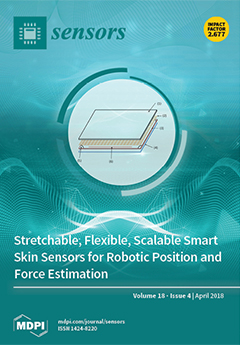Open AccessArticle
Oil Motion Control by an Extra Pinning Structure in Electro-Fluidic Display
by
Yingying Dou 1,2, Biao Tang 1,2,*, Jan Groenewold 2,3, Fahong Li 2, Qiao Yue 1,2, Rui Zhou 1,2, Hui Li 1,2, Lingling Shui 1,2, Alex Henzen 2 and Guofu Zhou 1,2,4,5,*
1
Guangdong Provincial Key Laboratory of Optical Information Materials and Technology & Institute of Electronic Paper Displays, South China Academy of Advanced Optoelectronics, South China Normal University, Guangzhou 510006, China
2
National Center for International Research on Green Optoelectronics, South China Normal University, Guangzhou 510006, China
3
Van’t Hoff Laboratory for Physical and Colloid Chemistry, Debye Research Institute, Utrecht University, Padualaan 8, 3584 CH Utrecht, The Netherlands
4
Shenzhen Guohua Optoelectronics Tech. Co. Ltd., Shenzhen 518110, China
5
Academy of Shenzhen Guohua Optoelectronics, Shenzhen 518110, China
Cited by 17 | Viewed by 4360
Abstract
Oil motion control is the key for the optical performance of electro-fluidic displays (EFD). In this paper, we introduced an extra pinning structure (EPS) into the EFD pixel to control the oil motion inside for the first time. The pinning structure canbe fabricated
[...] Read more.
Oil motion control is the key for the optical performance of electro-fluidic displays (EFD). In this paper, we introduced an extra pinning structure (EPS) into the EFD pixel to control the oil motion inside for the first time. The pinning structure canbe fabricated together with the pixel wall by a one-step lithography process. The effect of the relative location of the EPS in pixels on the oil motion was studied by a series of optoelectronic measurements. EPS showed good control of oil rupture position. The properly located EPS effectively guided the oil contraction direction, significantly accelerated switching on process, and suppressed oil overflow, without declining in aperture ratio. An asymmetrically designed EPS off the diagonal is recommended. This study provides a novel and facile way for oil motion control within an EFD pixel in both direction and timescale.
Full article
►▼
Show Figures






